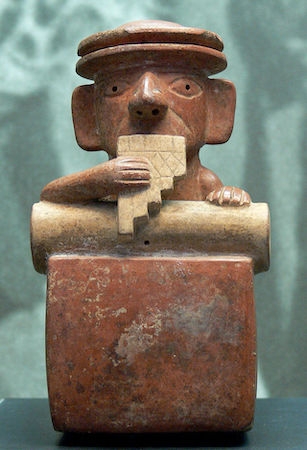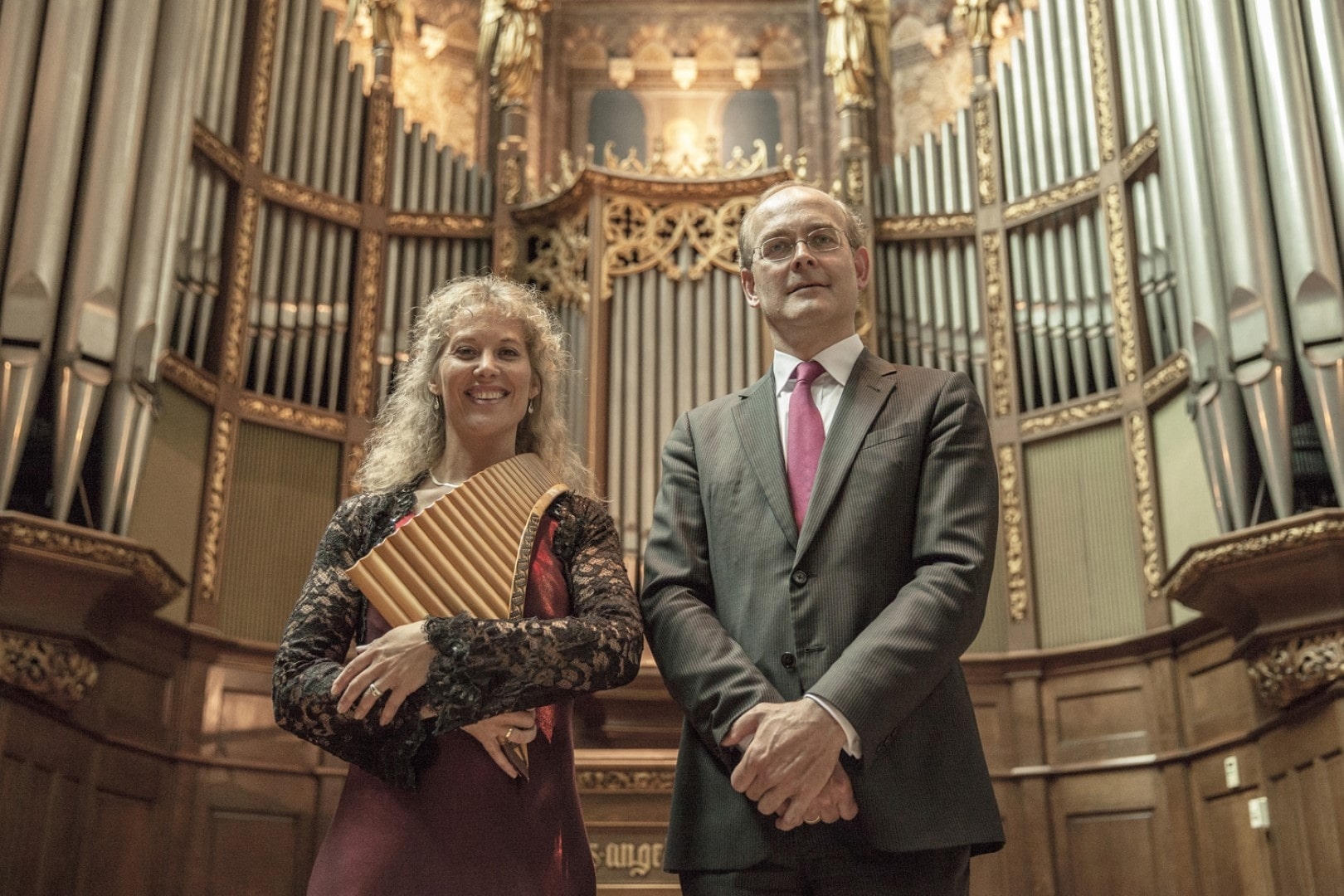Purchasing a Pan Flute

The pan flute is often related to Greek Mythology. The popular story follows the god Pan, which is the God of nature and shepherds, who falls in love with his muse Syrinx. This love was not mutual and Syrinx transformed in cane to escape him. Pan was heartbroken and he cut some of the cane and bound them together to create an instrument. As such, the instrument is called the pan flute.

This is the story that is often told, but it’s not where the instrument actually originates from. Research has uncovered that the instrument can be traced back to 3000 B.C. on the Cycladic islands. This means the instrument does come from ancient Greece, which means it can be concluded the story of Pan was created to explain the existence of the instrument. In this period, pan flutes consisted of four to eighteen pipes that were bound together with reeds, flax or wax. The different lengths of the pipes dictate the tone, which means the pan flute is one of the oldest melodic instruments in the world.
The pan flute spread across the world very fast. We have evidence that the instrument was used in many colonies of the ancient Romans, like in France or Romania. But it wasn’t limited to this culture, as we also have evidence that the old Vikings used pan flutes and it was also very popular in India and Colombia. The popularity of the instrument increased significantly after the second world war when Fanica Luca toured the world with his pan flute. Currently, the instrument is mostly popular in South America and Romania.
 What is a pan flute?
What is a pan flute?
A pan flute consists of varying lengths of pipes that are bound together. Every pipe produces a different tone depending on the length. Pan flutes are usually made of bamboo, although they are sometimes also made with wood or plastic. Bamboo is often chosen because it produces a specific sound. Bamboo emphasises the high tones and is often related to Asian pan flute music. Wooden pan flutes also sound great and are very popular. However, because they are made of wood, they tend to be a little more expensive and more breakable than bamboo. Consequently, many pan flutes are currently made of plastic. Plastic is a lot stronger and more durable and with current techniques, they sound authentic too. Not all pan flutes are the same, they differ depending on the reach and tone. The more pipes the pan flute has the larger the reach. Consequently, you can buy a pan flute with only eight pipes but also with twenty. Pan flutes aren’t all tuned the same either, meaning it’s important to pay attention to the tuning.
Which pan flute is best for you?
For beginning pan flautists it is advisable to start with a small pan flute. This means it’s easier to start with a pan flute with fewer pipes. This is important because the first thing you need to focus on is from which angle you play the pan flute and which other techniques are necessary. If you were to use a larger pan flute this can become unnecessarily hard as they are harder to play. Pan flutes with great reach are also not advisable as the pipes will be farther away. Lastly, it’s also smart to start with a curved pan flute, as they are more ergonomic and will be easier on your neck.
Tuning
The tuning of a pan flute depends on the length of the pipes as they will decide the frequency. It works the same as octaves: if the frequency doubles a whole octave will be added. There are two types of pan flutes: one of which the tuning can be altered and one of which the tuning is permanent. The former is ideal for beginners as the tuning can be changed between exercises. A pan flute that is permanent in tuning can be detuned though. To tune it you’ll likely need the help of an expert. With many pan flutes the tuning is permanent which means this should be taken into account when purchasing a pan flute and when playing it. Pan flutes are usually tuned in C-major or G-major. The tuning can be changed slightly by using different techniques or by filling the pipes.
Songs
There is a wide variety of music that can be played with the pan flute. In the West the pan flute is mostly famous due to Gheorge Zamfir and Fanica Luca. In the Netherlands the pan flute is mostly known due to Matthijs Koene en Noortje van Middelkoop. Both combine their pan flutes with organs, as this is a pleasant combination. Van Middelkoop often uses the great acoustics of churches for her Christian songs. She often collaborates with Martin Mans, of which there are many videos. Although most of her songs are relatively hard, she remains a great source of inspiration for beginning pan flautists.
Assortment
At this moment we have a select amount of pan flutes. These pan flutes are of high quality and are relatively affordable. As such, you can choose between a series of bamboo pan flutes, such as the Schwarz R-series, with different amounts of pipes, or you can choose a range of plastic pan flutes that still sound authentic, like the Belcanto PFK-series. Furthermore, Hofmann pan flutes are high-quality wooden pan flutes for professional musicians.



 What is a pan flute?
What is a pan flute?.jpg)
